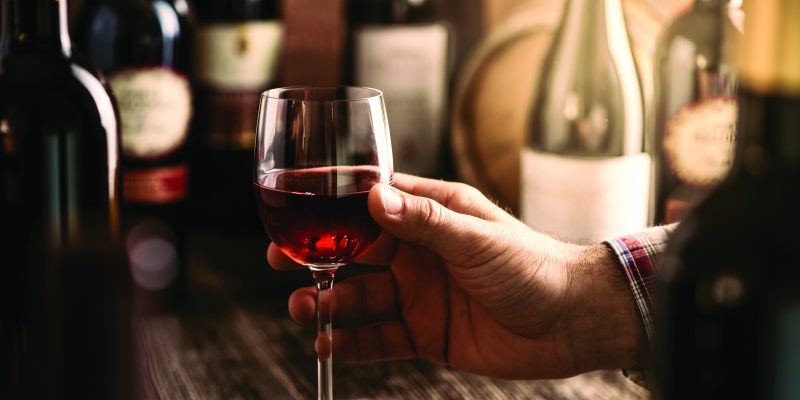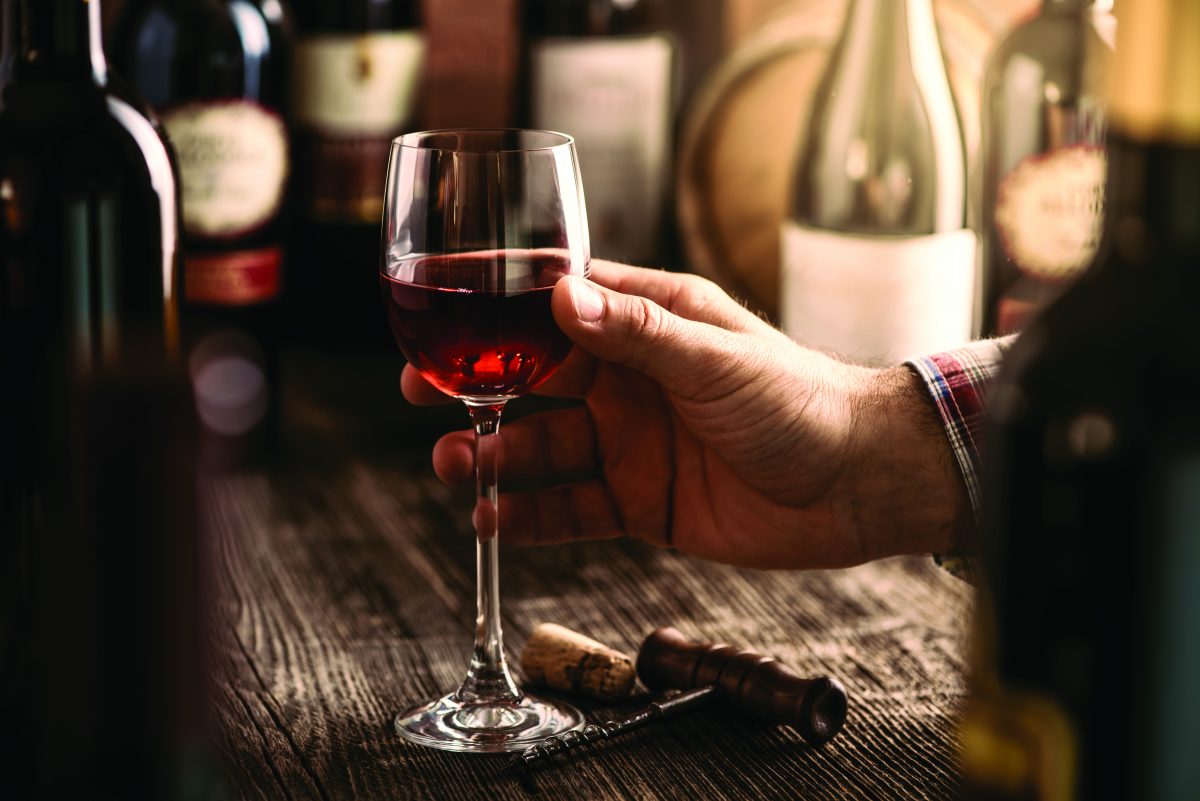By Carmelo Giardina
Is one style of wine better than the other? Fans of oak-aged Napa Cabernet Sauvignon and Australian Shiraz will likely gravitate toward modern styles of wine, whereas lovers of earthy red Burgundy and savoury Chianti will probably find more satisfaction with traditional styles. But isn’t this proverbial new vs. old world debate getting a bit… old?
These days, there’s absolutely no need to take a definitive stand in this battle. The line that once separated new and old is being erased. An increasing number of new world wine producers are using old world practices, and old world producers are adopting more sustainable techniques – something that, at one time, was more synonymous with new world wines. In other words, there’s delicious wine for everyone, from every region.
Three hot and trendy techniques causing a major buzz in the world of winemaking, not to mention winning the hearts and taste buds of consumers, are terroir-expressive single vineyard wines, natural wild-ferment wines and the use of the appassimento method to produce wines. They’re transcending the old vs. new debate and are becoming the new norm.
Terroir
Terroir is defined as being the complete natural environment in which a particular wine is produced, including factors such as the soil, topography and climate. These elements impart taste and flavours that can be unique to other surrounding areas. The type of soil and the slope of the terrain determine the needs of the vines and significantly affect the work in the vineyard. For example, gravely soil, rich in mineral salts, can be perfect for producing grapes with a high level of acidity and with intense aromas.
Even though wines emphasizing terroir have been around for decades – if not centuries (think Burgundy) – it’s only become a hyped-up topic in the past ten years or so, especially in new world regions. Consumers are now willing to pay more for single vineyard bottlings, and producers are identifying specific vineyard blocks or sites right on the label.
There’s no doubting that an important relationship exists between the components of the terroir and the quality of wine. The specific techniques used in the cellar by the winemaker are what can separate it from the rest. It’s the added variable for obtaining a higher quality wine.
Appassimento
Appassimento is a wine processing technique in which harvested grapes go through a drying process prior to fermentation. This process is used traditionally in certain Italian wine regions to make the popular Amarone, Recioto and Valpolicella Ripasso wines.
Appassimento influences the flavour and concentrates sugars in dried grapes resulting in a more rich, bold and complex wine. Although Italy made this technique famous, it’s a style that’s been adopted by many new world winemakers, further signifying the adage “what’s old is new again”.
Natural winemaking
Natural winemaking is a trend that’s been on the rise for several years now. It’s a polar opposite method than that of the one mentioned above. No additives or processing aids are used, and intervention in the naturally occurring fermentation process is kept to a minimum. As such neither fining nor filtration is used. The result is a ‘living’ wine – wholesome and full of naturally occurring microbiology.
Even if you’re not drinking a 100 per cent natural bottle, you can expect this trend to have trickle-down effects across the industry as winemakers are adopting more sustainable practices to keep up with demand for wines that are made in harmony with nature.
Did You Know?
Ontario is a “new world” region home to a variety of winemaking styles including, but not limited to, each of the mentioned methods. Enjoy delicious wine, made with a deliberate sense of traditional technique and modern flare.
 Bachelder: 2015 Lowrey Vineyard Pinot Noir
Bachelder: 2015 Lowrey Vineyard Pinot Noir
Thomas Bachelder is an expert when it comes to expressing a wine’s terroir. He’s got various projects on the go, but this wine, coming from his own label, is truly an exceptional example of what is happening right now in Ontario when it comes to single vineyard bottlings. This Pinot, from the esteemed Lowrey Vineyard site, is deep with earthy ripe and concentrated dark fruit flavours, structured to age gracefully for up to a decade. Taste the difference terroir makes. There is no mistaking this for another. ($44.95)
 Foreign Affair 2016 Temptress
Foreign Affair 2016 Temptress
Ontario’s 2016 vintage was excellent, producing fruit with very ripe flavours and lower acidity. Known for their Italian winemaking influence, Foreign Affair’s Temptress is a wine made partially in the appassimento style with 25 per cent of the grape makeup set aside to dry for 100 days. Only the best barrels from individual vineyard blocks are chosen for this five-varietal blend which boasts a lovely bouquet of aromas and a hearty, bold and elegant palate. If you can resist the temptation of wanting to drink now, this will happily age well over the coming five to seven years. ($44.95)

Southbrook Vineyards 2017 Estate Wild Ferment Chardonnay
This vegan friendly wine, containing a variety of certified organically grown grapes, was made out of natur
ally occurring yeasts. Wild fermentations are slow and create wines of complexity and a distinct taste of place. This is definitely a wine with aging potential, but right now it exudes a delicious balance of refreshing acidity and savoury oak flavours. Once you go natural, you may never go back! ($35)

